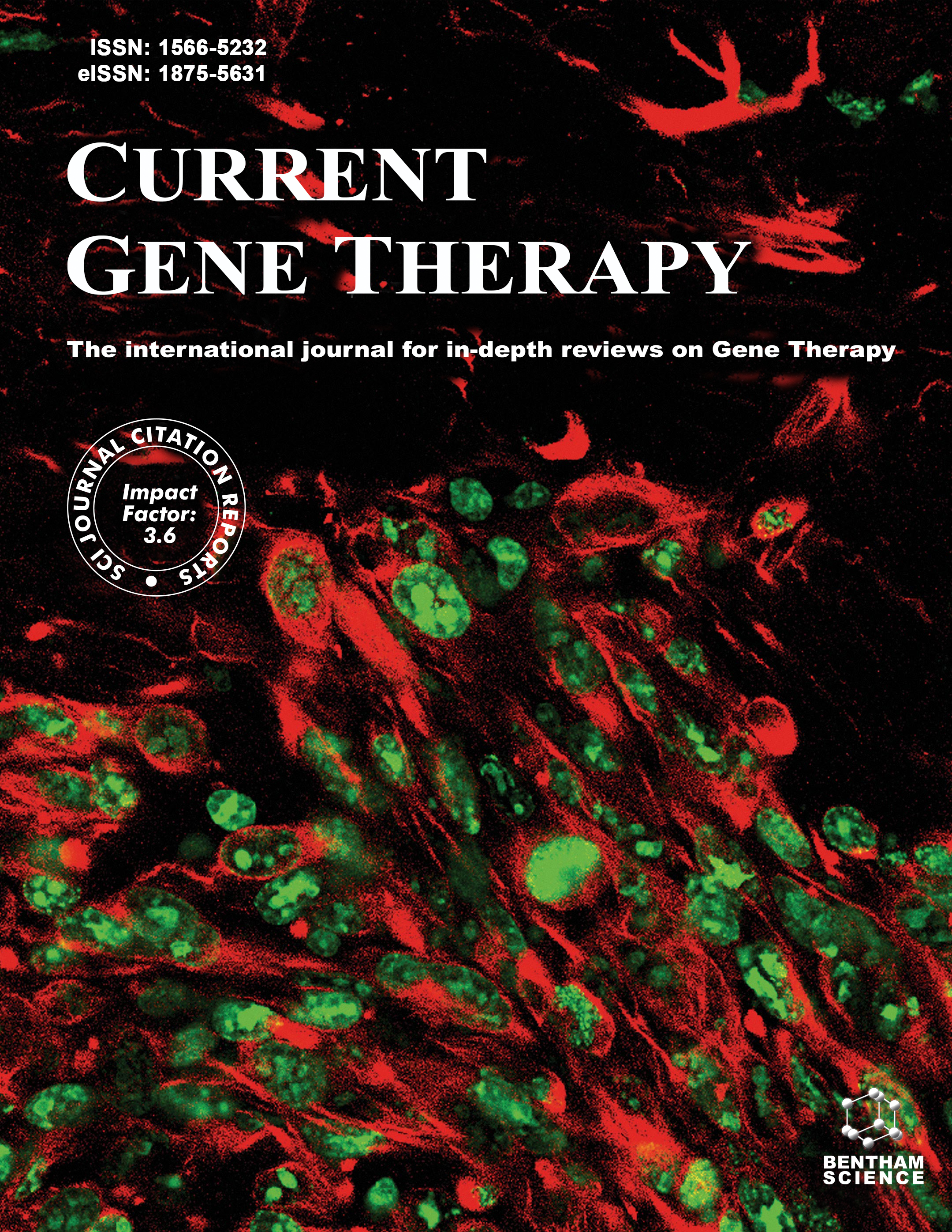
Full text loading...
The clinical translation of chitosan-based formulations for siRNA delivery has been partially limited by their poor stability/solubility at physiological conditions, although they have good biocompatibility and cost-effectiveness.
In this study, the chitosan was O-substituted with diisopropylethylamine (DIPEA) groups, which improved its solubility at pH 7.4 by increasing the degree of ionization and enhanced the ability of chitosan to load siRNA at very low amine/phosphate (N/P) ratios. The O-DIPEAchitosan/siRNA nanopolyplexes were self-assembled by complexation and presented positive Zeta potentials (ζ = +8 to +10 mV), spherical-like morphology, 200-300 nm size, low polydispersity index (PDI < 0.2), and were able to protect the siRNA from degradation by RNAse. Also, the resistance to albumin-induced disassembly and aggregation revealed both good structural and colloidal stabilities of the siRNA nanopolyplexes.
The nanopolyplexes displayed low cytotoxicities in RAW 264.7 macrophages and were successfully uptaken by both macrophages and HeLa cells achieving internalization efficiency similar to Lipofectamine. A positive correlation was observed between the physicochemical properties of the siRNA nanocarrier and its transfection efficiency.
A knockdown of about 60-70% of tumor necrosis factor alpha (TNFα) was reached in lipopolysaccharide-stimulated macrophages treated with O-DIPEA-chitosan/siTNFα nanopolyplexes. Overall, the results confirmed that O-DIPEA chitosans are promising carriers for siRNA delivery.

Article metrics loading...

Full text loading...
References


Data & Media loading...
Supplements

